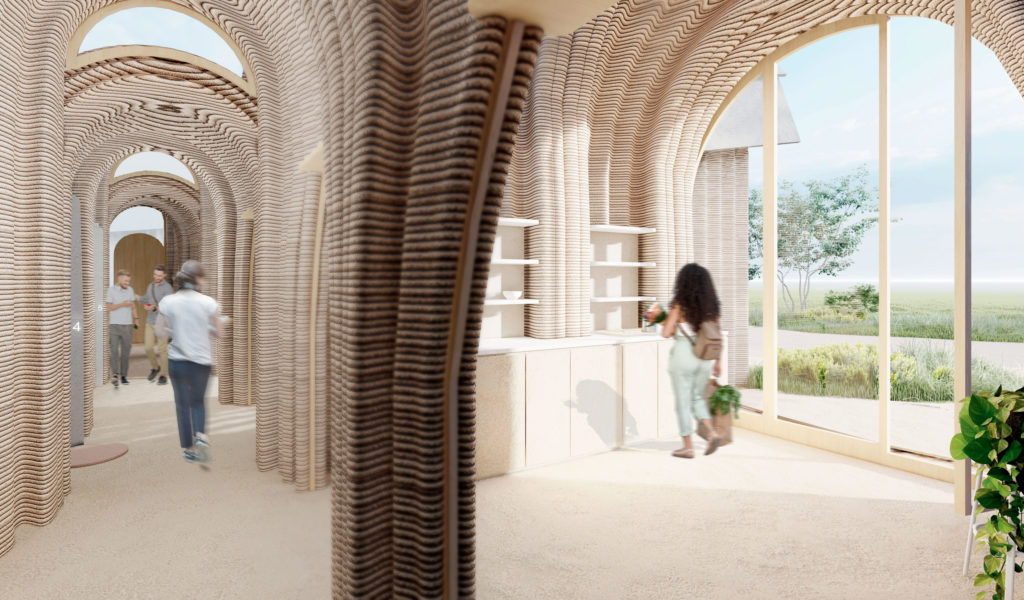At a time when additive manufacturing using earth becomes commercial and available for large scale services, earthen housing becomes more possible without the heavy maintenance required for challenges like spanning, drying, heightening, printing, and durability. A student earthen housing project in Barcelona could vary in many capacities depending on its context of deployment, and in the case of a large green plot at the edge of municipal Barcelona, the challenge is how to organize and shape the geometries in a way that reacts to climatic contexts. PATI de la VILA comprises of private spaces, common spaces, large courtyards, and hybrid circulation.

At the edge of Collserola Park (41°29’N 2°05’E), a large and green piece of land sits next to the UAB campus, in direct proximity to the student housing complex (La Vila). Seeing its massive breadth, the site poses a ‘Tabula Rasa’ situation whereby blank slate conditions are at hand. The site lines should be retrieved based on space, climatic conditions, and surrounding roads.

Before delving into the site conditions, the physical parameters of the competition proposal were revised in order to generate the preliminary geometry for the housing architecture. These parameters vary between width of entry, height of entry, changes in width and height along walkway, angle of inclination of roof, surface area contact of leaning vaults, and other variables.
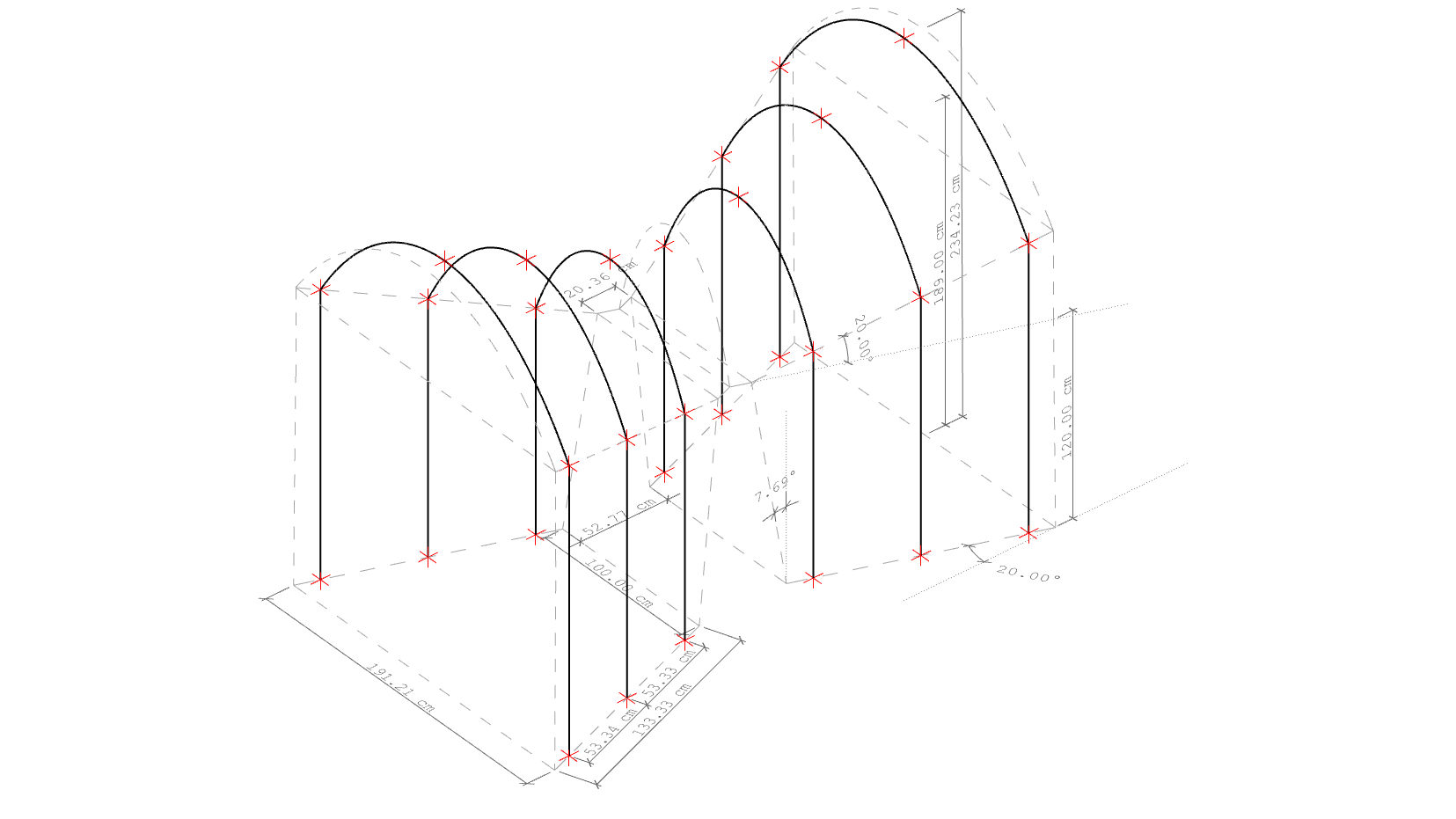
In plan, iterations showed different potential for navigating a user in several varying entry widths. An important varying element is the area of the central space of each design. For more private spaces, smaller cores can work; however, when thinking of common spaces, the clay walls are intended to be further apart, hence creating a wider core. In section, the iterations show the potential of housing arched vaults into one another and playing with heights of clay walls. The adjacency of walls creates more private spatial qualities such as corridors and bathrooms. These plans and sections were cross-referenced to create extruded geometries and aggregates.
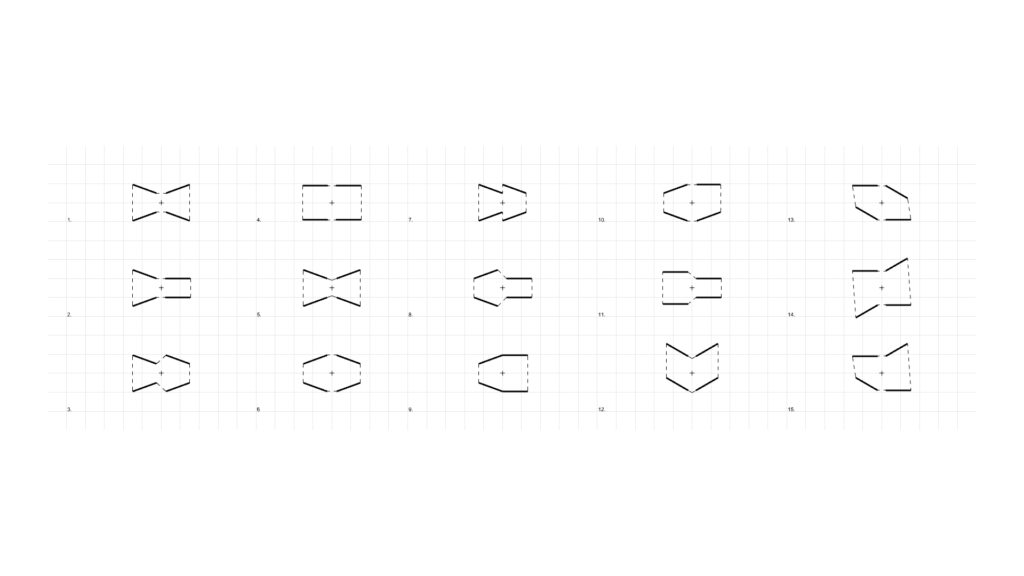
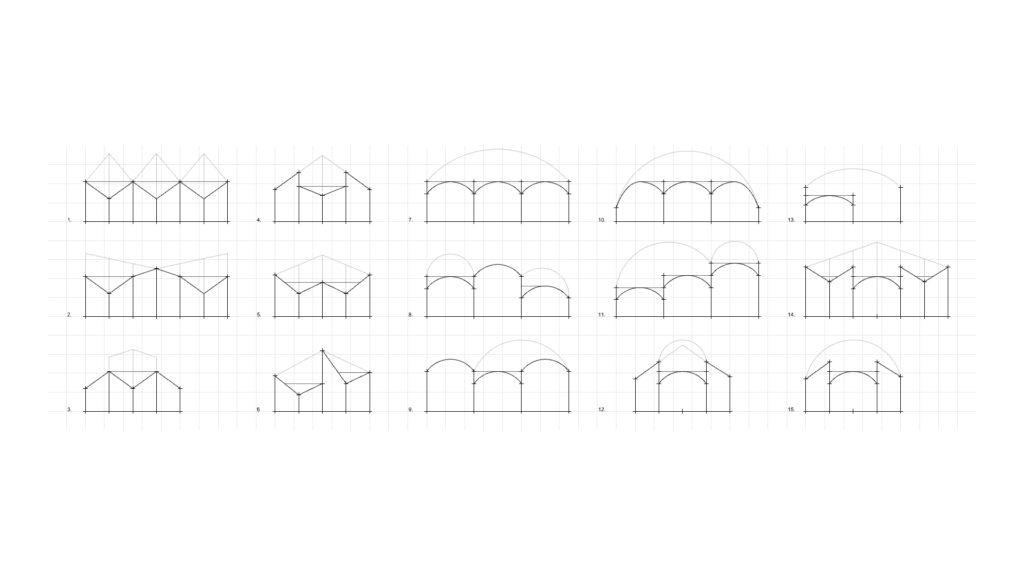
The aggregates can take several forms of organization. The mostly experimented organization strategies in the aggregates catalogue were the radial and the linear/ diagonal. Clusters of 3-4 rooms were designed and then multiplied in said forms.
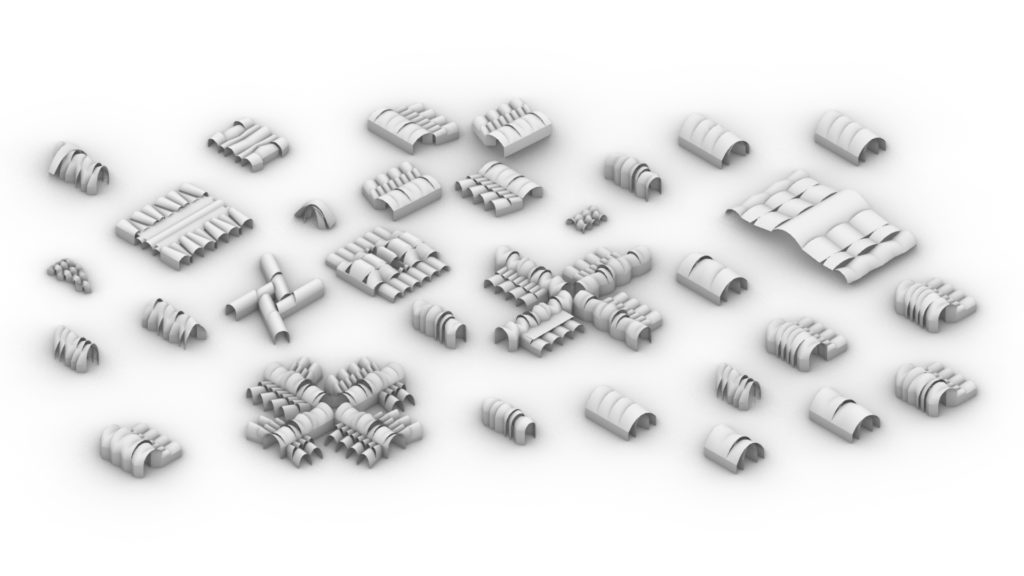
The choice of organization was also determined by a programmatic intention. The main feature of PATI de la VILA is to use common rooms as frames for outdoor courtyards. The 3d printed earthen student housing proposal hosts 25-35 students and is 1.400 m2 in area. It is a system of vaulted corridors flanked by private student residences and larger public community rooms for meetings, cooking, and other collective activities.

The modes of organization that appeal to the design intention can change in direction. The following catalogue of cluster organizations gave insight on how the courtyards can be flanked by common rooms, which are in turn connected to private rooms via linear circulation paths.
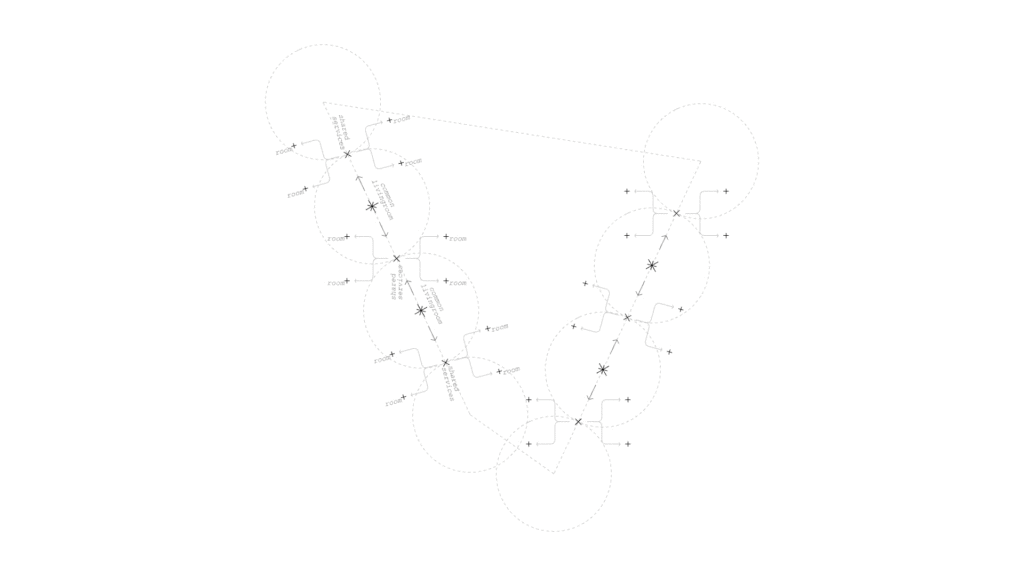
The ribs of each enclosure were distributed according to spatial site lines on the green plain. Here, a structural strategy is joined to the spatial and organizational strategy. Each cluster of private rooms, corridor, and common spaces are organized on the plot in a way that contours shared courtyards. The common spaces on one side observe the neighboring common rooms from different clusters.
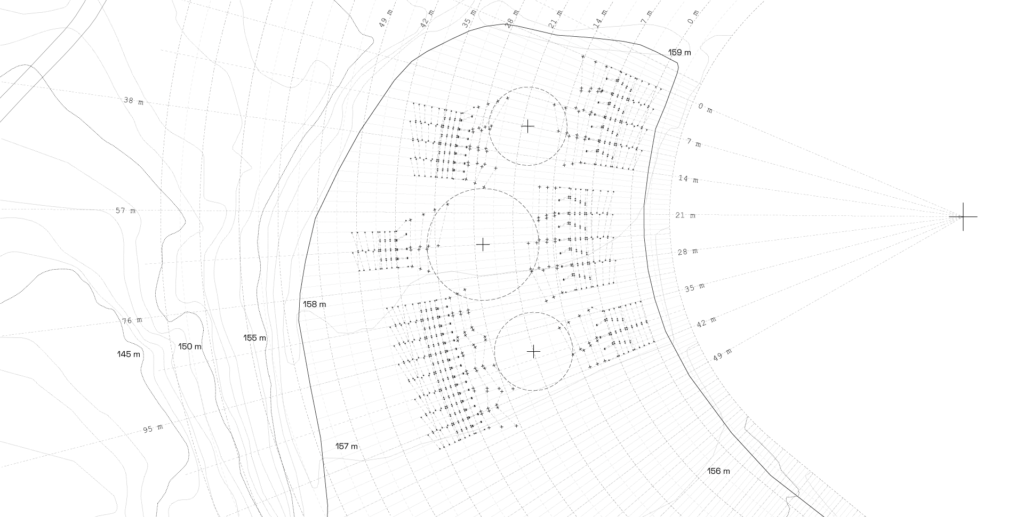
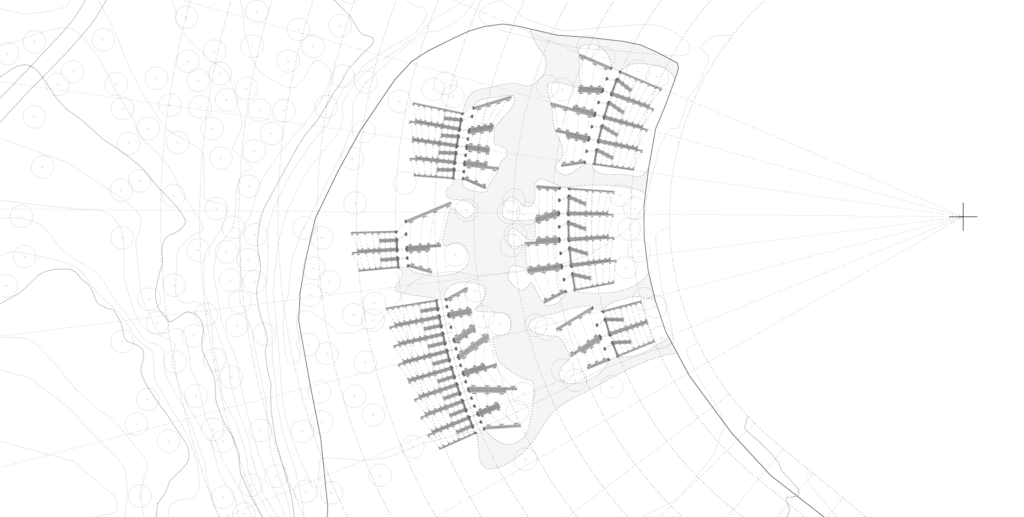
As the walls start and end at different points on the floor, which was also a tactic developed using the study of ribs distribution on site, the roofs were varying in angle of inclination and orientation. The blank slate site conditions oblige the geometries to maneuver light and wind in desirable ways. The courtyard sits between two student housing clusters.
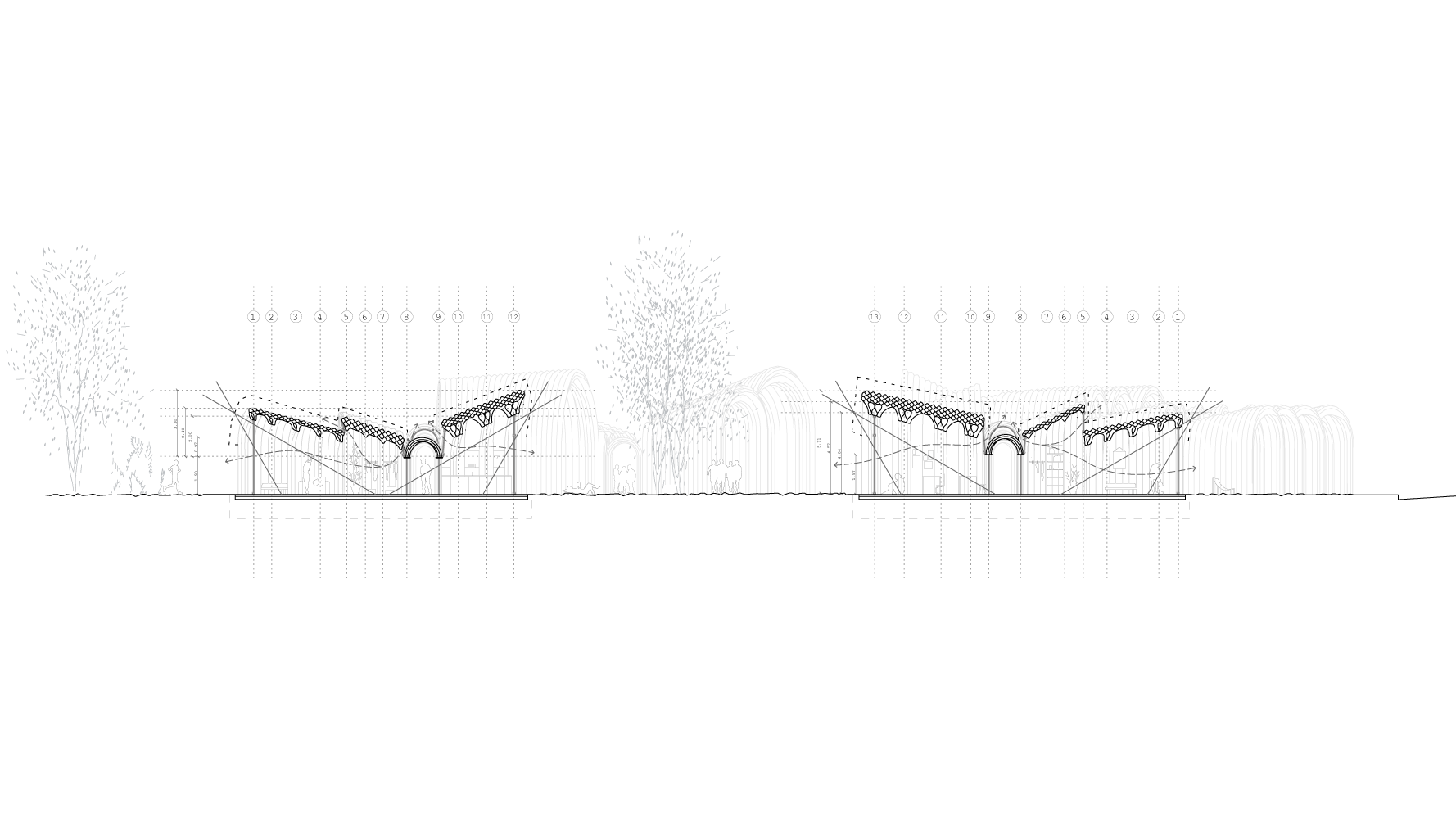
When the walls are thicker, less ribs are required, and vice versa. Private rooms could use less wall thickness to earn space inside. The glass facades of both common and private spaces allows for visual continuity to the green outdoor and also light inlet. The shade and shadow varies between each space because arched roof heights are distinct between each enclosure.
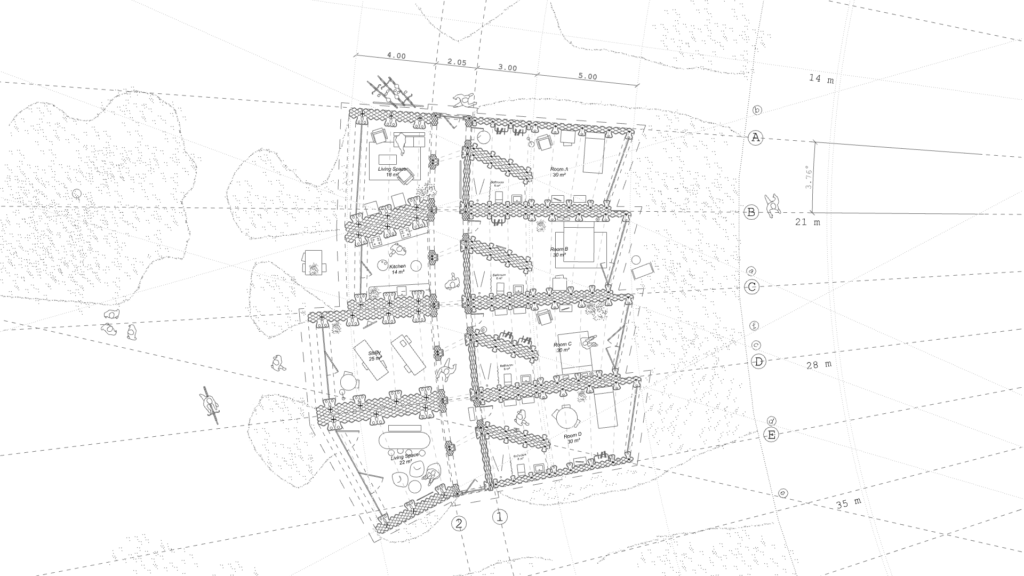
Because of varying arched roof heights, the printing sequence reveals that the closure of roofs will happen at different moments during printing, yet consecutively. The following sequence belongs to the same studied cluster which includes 4 students and 4 common spaces.
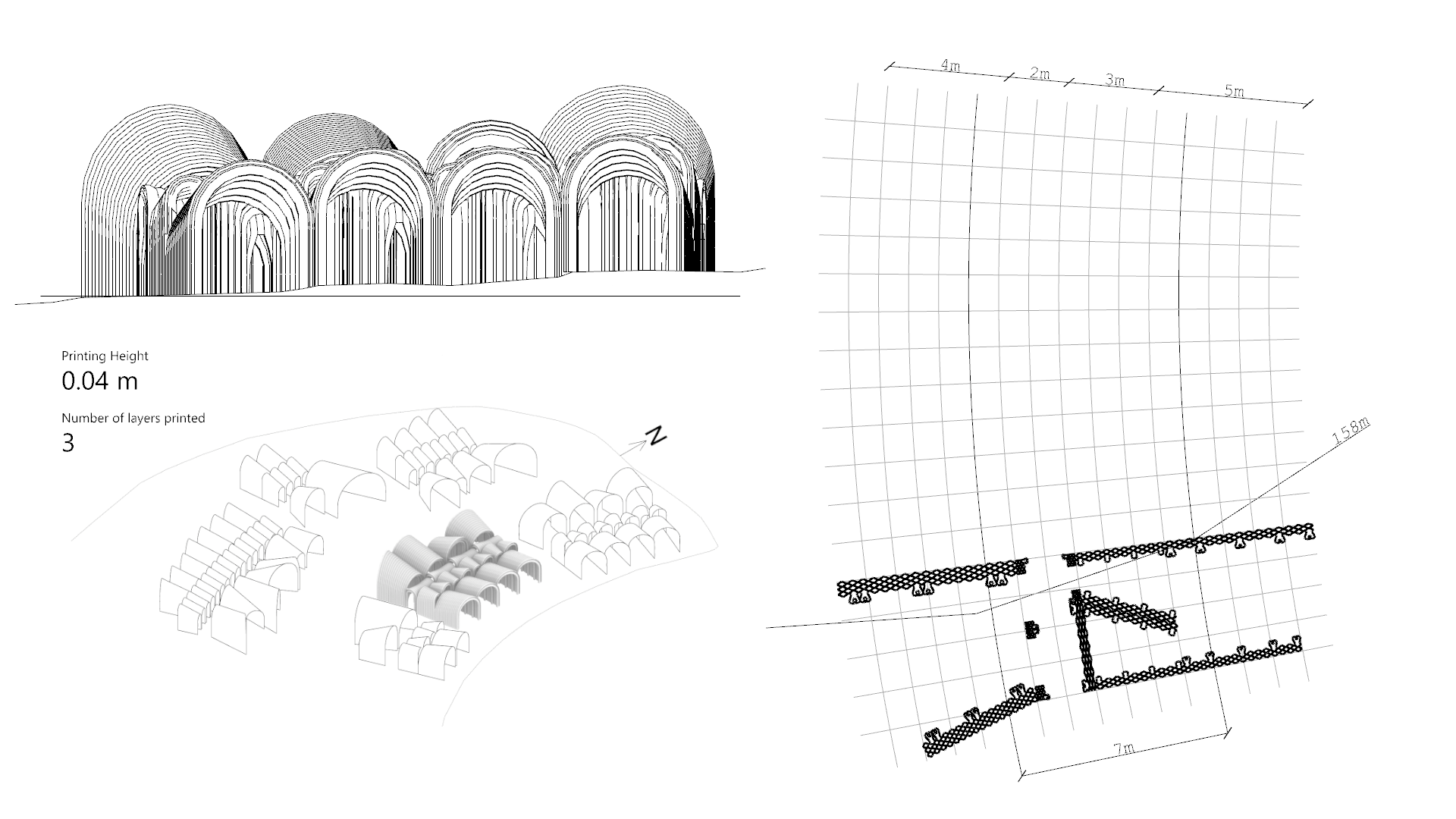
The corridor of the cluster provides the walker with framed views to the end of the corridor, to the sky due to skylight windows, and to the courtyard since the common rooms have big glass facades that visualize other walkers, bikers, and flora & fauna.
